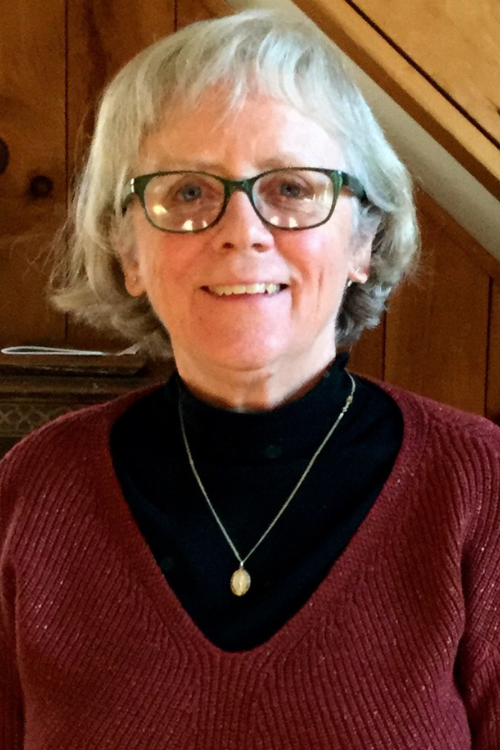
Kathryn Swegart tells an exciting true story of human courage and compassion.
January 2025 marks the 100th anniversary of The Great Race of Mercy — a rescue mission that saved the lives of children in Nome, Alaska. A deadly epidemic of diphtheria struck the isolated town on the Bering Sea. A lone doctor, Curtis Welch, desperately struggled to save lives. Tragically, child after child died, suffocating before his eyes. One hope remained. An anti-toxin serum could cure the sick. Welch knew the nearest supply of serum was hundreds of miles away.
Here is the incredible story of human courage and compassion as the people of Alaska marshaled forces to save the most vulnerable in their midst. It is also a story grounded in Christ’s teachings to “love one another as I have loved you.”
Dr. Curtis Welch hurried down Nome’s Front Street, preoccupied with another report that a child was dying. Prominent among all the town buildings was Saint Joseph’s Church. Atop the steeple was an eight-foot electric cross, erected to guide lost travelers to safety. Over the years, several people had been lost in the frigid wasteland, perishing in the 50 degrees below zero temperatures.
Now Welch needed to send out another signal for help. It was not a cross, but a telegram. On January 22, 1925, Welch sent critical radio telegrams to the U.S. Public Health Service in Washington, DC, about an imminent outbreak of diphtheria. The telegram triggered heroic efforts to deliver life-saving antitoxin across the frozen tundra of Alaska.
An impossible mission
It was an impossible mission. Twenty mushers drove 150 sled dogs over 674 miles, braving blizzards, frostbite, and treacherous mountain passes to save dying children. It was a race against death.
The last musher was Gunnar Kaasen. His sled was guided by the Siberian husky Balto. Luck and the wind were against them. Thirty miles from Nome, a blinding blizzard struck. Gusts of wind knocked Kaasen into a drift. He crawled back to the sled and checked for the bottle of serum. It was gone! Despite the subzero temperatures, he tore off his gloves and dug in the snow for the cylinder of serum. Suddenly, his hand touched a hard object. It was the serum.
On through the night they drove, blasting through snowdrifts and finally connecting to a trail along a beach. Kaasen gripped the sled handle. His fingers throbbed with frostbite and the 20-dog team stiffened and slowed their pace.

It was the early morning of Monday, February 2. Kaasen stared ahead and spotted the electric cross atop St. Joseph’s Church. With one last push, the team pulled to a stop on Front Street. Witnesses watched in awe as Kaasen staggered to his beloved lead dog Balto and collapsed next to the noble creature.
News that the rescue team had arrived spread quickly through Nome. Dr. Welch rushed to check the condition of the serum. It had been frozen and thawed many times over the course of the 5-day journey. Would it still work? He administered the antitoxin to the most severe cases. A tremendous relief enveloped the anxious doctor as he watched his patients bounce back from the brink of death.

It should be noted that Leonhard Seppala was another member of the 20-man rescue mission. With his lead dog Togo and a team of 20 dogs, he mushed 260 miles on the route.
The Great Race of Mercy
The Great Race of Mercy is remembered to this day. On the first Saturday in March every year, sled dog enthusiasts cover the western route of the serum run. It is called the Iditarod Sled Dog Race.

If you ever visit Central Park in New York City, you will see a bronze statue of Balto standing strong as little children climb on his back. Perhaps they will be curious about Balto and learn an important lesson. They will learn the meaning of courage as they hear the story of the 20 men who risked their own lives to save the lives of dying children.
Share your thoughts with the Catholic Mom community! You'll find the comment box below the author's bio and list of recommended articles.
Copyright 2025 Kathryn Swegart
Images: University of Washington, Public domain, via Wikimedia Commons; Jim.henderson, Public domain, via Wikimedia Commons; Copyright: Copyright © Carrie McLain Museum / AlaskaStock, CC0, via Wikimedia Commons
About the Author

Kathryn Swegart
Kathryn Griffin Swegart is an award-winning author of Catholic books for children. Kathryn and her husband raised three children on a small farm in rural Maine. She is a professed member of the Secular Franciscan Order and contributor to Magnificat. Visit her website at KathrynSwegart.com.


.png?width=1806&height=731&name=CatholicMom_hcfm_logo1_pos_871c_2728c%20(002).png)
Comments